How to grow Viburnum Farreri
Native to northern China, Viburnum farreri is one of 150 species from the Viburnum genus of flowering plants. Vibnurm farreri has received the RHS (Royal Horticultural Society) Award of Garden Merit, which means it grows well in UK conditions as a fully hardy perennial plant, surviving temperatures as low as -20°C.
Viburnum farreri is also known as ‘Viburnum fragrans’ due to its sweet scent that can be enjoyed during its winter bloom from November. A deciduous upright shrub, Viburnum farreri grows as tall as 3m in height and 2.5m in spread. It reaches full maturity in 20 years. Most frequently, it is grown as a hedge or privacy screen due to its eventual height.
Dense clusters of pink buds and occasional red fruit make Viburnum farreri a real showstopper and ideal for homes needing additional winter interest. Viburnum farreri’s foliage is dark green and veined in appearance throughout summer although foliage starts life as bronze in colour in spring -and will eventually turn purple in autumn! Low maintenance to grow, Viburnum farreri makes a striking addition to a winter garden with its unmissable vanilla fragrance.
Intrigued about all things Viburnum farreri? Read on to discover all there is to know about this low-maintenance shrub...
Key Information
Soil pH
Position

Hardiness

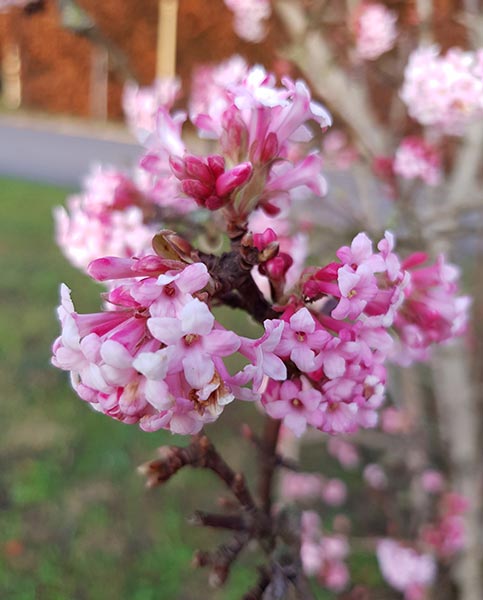
Where & when to plant Viburnum Farreri
Plant Viburnum farreri in well-drained soil in full sun or partial shade. Due to Viburnum farreri’s height of 3m once it has fully matured, it is well-suited to be grown at the back of a flower bed or garden border behind smaller-growing plants. Of course, it can also be grown as hedging anywhere in the garden that has the right soil and sunlight, or in a container with regular shaping and pruning.
How to plant Viburnum Farreri
1. Start planting Viburnum farreri in spring. Select a position the benefits from plenty of sunlight with well-draining soil
2. Dig a hole between 2-3 times the size of the root in your position. If you are planting multiple Viburnums, leave 60cm of space between each plant
3. Once planted, backfill with soil. Alternatively, fill with new soil with a mixture of sand or peat to create good soil drainage and water the plant in to settle
4. Make sure to water your Viburnum plant regularly through the active growth phase to help it establish and water more often in periods of drought
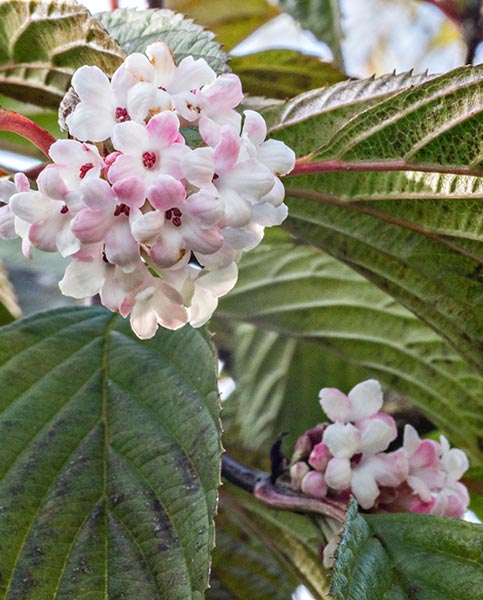
What to plant with Viburnum Farreri
When choosing companion plants for your Viburnum farreri, pick plants that enjoy well-draining soil and similar full sun or partial sun growing environments. Dahlias such as Dahlia ‘Dreamy Kiss’ flower in the summer and autumn, adding vibrant and striking deep pinks to complement Viburnam farreri’s pale clusters. As viburnum has such a broad range of species, Viburnum Opulus ‘Roseum’ is a good winter-spring bloomer with breath taking white clusters, or Viburnum ‘Charles Lamont’ (Arrowwood) for baby pink tubular flowers with a sweet perfume.
Please contact our excellent Customer Care Team if you would like any help or planting tips for your Viburnum farreri. Below are a few ideas to help get you started.
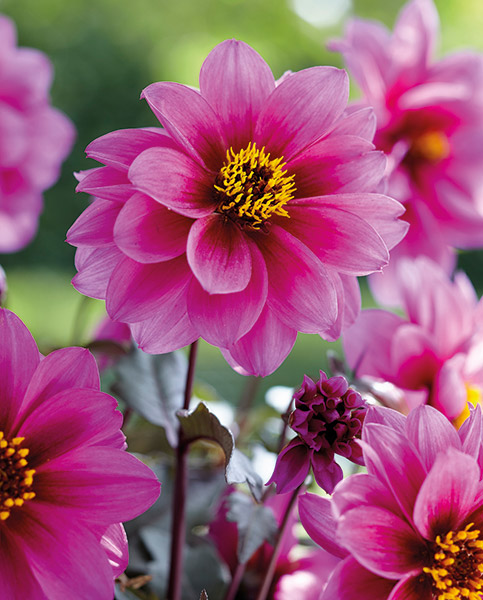
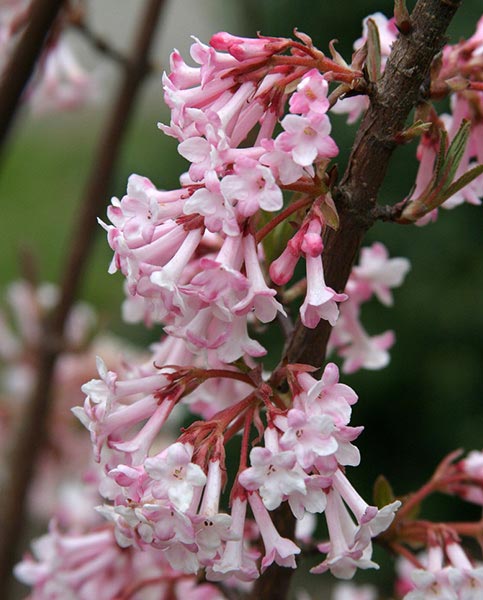
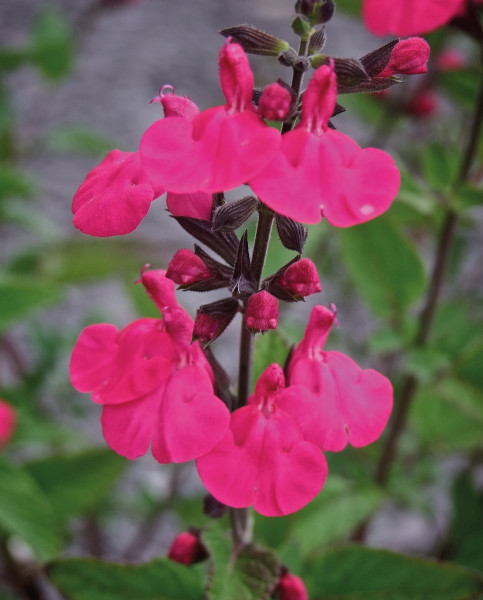
How to care for Viburnum Farreri
Pruning & Deadheading
When thinking about pruning and deadheading, Viburnum farreri will not need pruning for the first couple of years. Once established, you can prune once the flowering period has finished. Remove any damaged, wilting or unsightly flowers and stems as needed to shape.
Watering
Viburnum farreri enjoys moist soil. Water regularly while establishing and make sure that your Viburnum is not left in standing water. In periods of dry weather or hot temperatures, water more regularly and thoroughly than usual.
Cold Protection
As fully hardy perennials, Viburnum farreri is cold tolerant and hardy down to temperatures of -20°C. To encourage healthy growth, you can mulch - this best time to do this is once annually in spring.
Pests & Diseases
Viburnum farreri is generally pest free. However, because Viburnum enjoys moist soil with good drainage, root rot can be an issue if the plant is watered too frequently or is left in standing water.
How to propagate Viburnum Farreri
The most efficient way to propagate Viburnum farreri is by taking semi-ripe cuttings softwood cuttings - the best time to do this is in autumn. Use clean and steralised scissors or secateurs to take cuttings to reduce the spread of any disease.
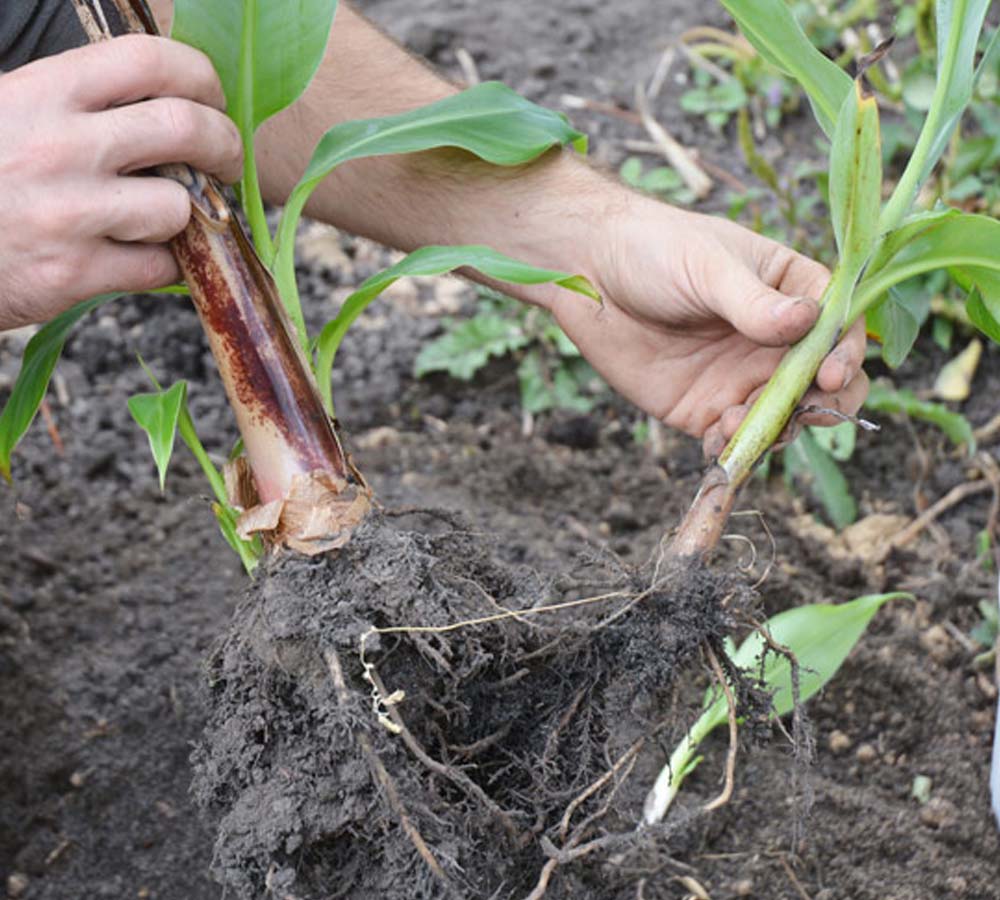
Prep for taking cuttings by having a small container or pot with tepid water in nearby. Take cuttings of 10-15cm in length from healthy shoots. The cuttings process will temporarily reduce the water available to the stem and leaves, so it is important to keep them hydrated by immediately placing each one in water once cut.

Remove the leaves from the lower third (3-5cm) of each stem - you can pinch these off or cut them gently, keeping a small portion of root joint intact. Add each cutting to potted rooting soil and water in to settle - position them in the corners of your pot initially to help keep them upright

Cover your pots with a plastic bag or cloche and position them in a warm spot away from direct sunlight. Water regularly and mist any foliage as required. Check for rooting every 3 weeks or so by gently pulling on the cutting.
Common Viburnum Farreri Questions
Is Viburnum farreri evergreen?
Viburnum farreri is either deciduous (losing its leaves annually) or evergreen (retains its leaves year-round), depending on the cultivar.
How do you prune Viburnum farreri?
Viburnum farreri does not need much pruning. However, you can prune and remove any dead, diseased or damaged growth as required.
Can Viburnum farreri take full sun?
Yes, Viburnum farreri thrives in full sun and can grow in either full sun (6-8 hours a day) or partial sun (2-4 hours a day) and partial shade. Growing in full sun will, however, produce the best blooms and colour.




